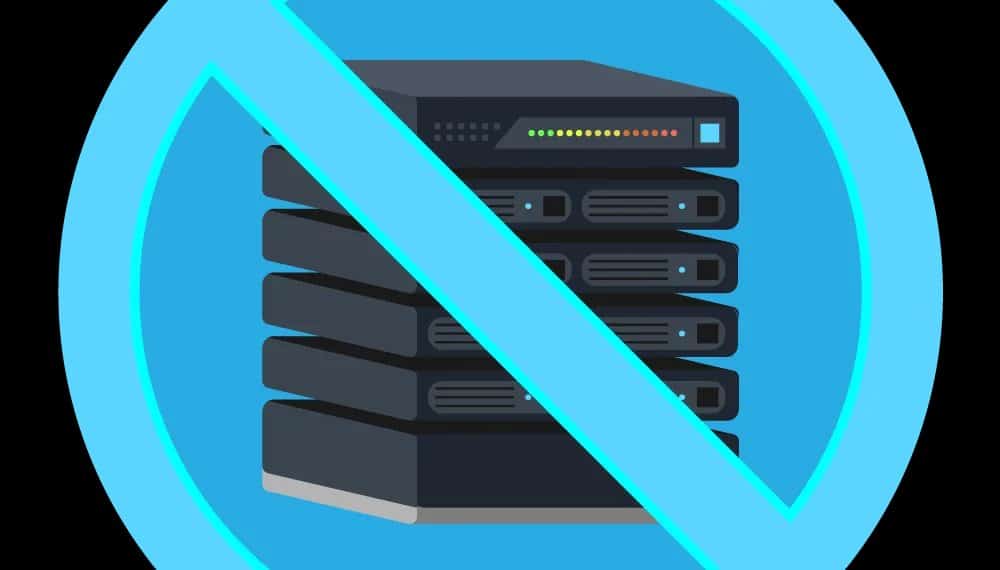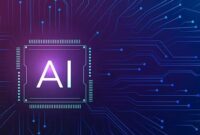Anytime a step (or steps) can be eliminated in the creation and maintenance of an enterprise IT system, an architect or developer will take advantage of it.
This is exactly what serverless computing does. It is a cloud application model that allows developers to create and run applications without having to provision or manage servers. Serverless computing allows developers to focus on writing code and building applications, while the cloud provider takes care of the underlying infrastructure.
With the ever-increasing complexity of IT systems, administrators need all the help they can get. And serverless technologies are coming to the rescue of more and more enterprises.
A little background
The concept of “utility computing,” where computing resources are treated as a metered service like electricity, originated in the 1960s and 70s. Virtualization technologies such as virtual machines and containers have shown the way to abstraction from the underlying hardware in 1990s And 2000s Google App Engine became an early platform-as-a-service (PaaS) offering in 2008 with features such as auto-scaling and pay-as-you-go billing, foreshadowing serverless principles.
In 2014, Amazon launched AWS Lambda, which was a turning point for serverless computing. This function-as-a-service (FaaS) platform popularized the term “serverless” and allowed code to be executed on events, further simplifying development. Since then, Microsoft Azure Functions, Google Cloud Functions, and other FaaS platforms from major cloud providers have emerged, cementing serverless computing as a mainstream approach. Once the IT giants entered this market, it made it mainstream.
Where is serverless computing headed?
This nascent segment is only moving upward. It is experiencing steady growth driven by the flexibility, scalability and cost-effectiveness of the technology. Estimates of its current volume vary widely; Here are some key numbers and market forecasts:
- The global serverless computing market is estimated at $10.5 billion in 2023. It is expected that from 2023 to 2030. its average annual growth rate will be 33.5%. Asia Pacific will be the fastest growing serverless computing market (MarketsandMarkets, October 2023).
- Key drivers include the growing adoption of cloud applications; demand for flexibility and scalability in application development; cost advantages; the growing popularity of event-driven architecture; integration with other cloud services such as AI/ML and IoT.
- In August 2023, 451 Research reported that the serverless technology market will double every two to three years over the next decade.
- By 2025, serverless could account for 20% of all cloud workloads (Forrester Research, July 2023).
Industry analysts say serverless computing will continue to grow and evolve as more emphasis is placed on event-driven architectures, security, integration with other cloud services, open source options and edge computing applications.
“In some ways, serverless IT is the closest thing to the on-demand computing of the future that vendors envisioned and promoted a couple of decades ago,” says Charles King, principal analyst at Pund-IT Research. “In those scenarios, IT was similar to an electric or water utility, where customers and end users simply request the type and amount of compute, memory and storage they need to perform certain tasks, and pay for the services used.”
Serverless IT is currently popular among developers (and their employers), as well as other use cases and applications that could benefit from resource flexibility, he says.
An early use case was chatbots for customer support, and King believes serverless support for AI-related chatbot services and projects is also likely to grow. “Another area of growth is streaming media, especially live events. The continued growth, adoption and development of live streaming should drive serverless adoption for many years to come,” he says.
According to Caroline Dubey, CTO of Cloudera, the improved capabilities of serverless systems mean that more applications will be able to take advantage of their benefits: “Enterprises will look for guardrails to control costs, observability to gain insight into performance and cost optimization, and application portability to migrate data processing to various clouds.”
GenAI will play an increasingly important role
Scott Petrie, cloud partner at PwC Consulting Services, notes that there is currently growing interest in generative AI (GenAI) in the software development lifecycle, with a particular focus on how automation can allow developers to unleash their creativity when building applications.
“Cloud and infrastructure companies are looking to reduce the time it takes to build software, which is driving demand for new serverless capabilities that developers can use without wasting time and effort on routine tasks. Consequently, the focus will increasingly shift towards providing valuable features that drive innovation,” says Petrie.
Overall, GenAI provides a valuable set of tools that can simplify and improve the production of serverless computing workloads—from design and development to deployment, operation, and optimization. With GenAI, developers and organizations can speed up development cycles, increase productivity, reduce costs, and improve the security of their serverless applications.
It goes without saying that serverless applications are a godsend for developers. Here are some key characteristics important for developers:
- Automatic scaling. Serverless applications can automatically scale up and down based on demand. This means that developers don’t have to worry about over-allocating or under-allocating resources.
- Pay as you go. Developers only pay for the resources their apps use. This saves money compared to traditional server applications.
- High availability. Serverless applications are highly available because they run on a global network of servers.
- Fast development. Serverless applications can be developed and deployed quickly because developers don’t have to worry about managing infrastructure.
Serverless Computing and Security/Compliance
Security and compliance are factors in all areas of IT. How does this fit in with serverless technologies?
“Serverless computing/SaaS gives you a standardized dashboard of security features without having to build your own, which comes with a lot of problems,” says Adam Bellemare, staff technologist at Confluent. – Good SaaS providers should follow all the usual best practices, such as encryption online and at rest, strict access controls, and multi-layered security measures to prevent unauthorized access. The end user directly benefits from a mature security model, saving time and effort while reducing risk.”
Complying with regulations can be more challenging because they vary across countries and industries, he said. “Compliance can be modeled in the same way as security because there is a standard set of compliance best practices. However, hyper-specific compliance requirements may discourage serverless solutions, especially if you need fine-grained control over your compliance workflow. Serverless options may not offer enough functionality, and your domain may be so specific or narrow that it may not be profitable for the SaaS provider to add the necessary functionality to comply with regulatory requirements,” says Bellemare.
Serverless computing and 5G
Serverless computing has the potential to play a significant role in the development of 5G and other next-generation technologies. Here’s what analysts say:
- Ensuring that applications work in real time. 5G promises lightning-fast data speeds and ultra-low latency, opening the door to real-time applications such as augmented reality, virtual reality and autonomous vehicles. Serverless’ event-driven architecture and on-demand resource provisioning easily adapt to fluctuating workloads for responsiveness and efficiency (Gartner “Hype Cycle for Cloud Computing, 2023”).
- Promoting edge computing. The distributed nature of 5G networks requires data to be processed closer to the source, reducing latency and bandwidth requirements. Serverless functions can be deployed at the edge of the network, allowing you to analyze data in real time and make decisions without relying on centralized servers (IDC “Serverless Computing Market Forecast” 2023-2028″).
- Scaling unpredictable workloads. 5G applications may experience sudden spikes in demand, such as during a virtual concert or when a self-driving car encounters unexpected traffic. Serverless automatically scales resources based on real-time demand for optimal performance and cost efficiency (451 Research “Serverless Application Platforms Market Forecast” 2022-2026″).





